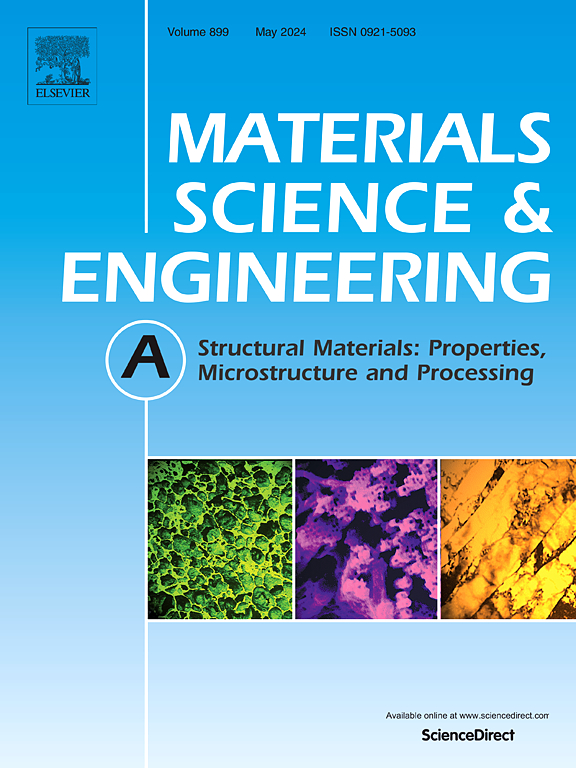保护气体中CO2含量对电弧增材制造马氏体时效钢组织和力学性能的影响
IF 7
2区 材料科学
Q1 MATERIALS SCIENCE, MULTIDISCIPLINARY
引用次数: 0
摘要
研究了保护气体中CO2含量对电弧增材制造马氏体时效钢组织和力学性能的影响。采用不同CO2含量的混合保护气体(100% Ar、95% Ar + 5% CO2和90% Ar + 10% CO2),系统分析了地层质量、热循环特性、显微组织演化和力学性能。结果表明,CO2含量的增加增加了电弧的热输入,降低了冷却速度,导致晶粒粗化和Ti-Al氧化物的析出。显微组织的演变降低了材料的硬度和抗拉强度,但显著提高了材料的延展性。钛铝氧化物引起应力集中,同时也作为促进局部塑性变形的成核点。研究揭示了CO2通过热分解诱导活性氧、改变电弧特性、调节热输入等协同作用机理,为优化WAAM工艺参数提供理论指导。本文章由计算机程序翻译,如有差异,请以英文原文为准。
Effect of the ratio of CO2 in the shielding gas on the microstructure and mechanical properties of maraging steel fabricated by wire arc additive manufacturing
This study investigated the effect of the CO2 ratio in shielding gas on the microstructure and mechanical properties of maraging steel fabricated by Wire Arc Additive Manufacturing. By employing mixed shielding gases with varying CO2 proportions (100 % Ar, 95 % Ar + 5 % CO2, and 90 % Ar + 10 % CO2), the formation quality, thermal cycling characteristics, microstructural evolution, and mechanical performance were systematically analyzed. The results indicated that increasing the CO2 proportion elevated the arc heat input and reduced cooling rates, leading to grain coarsening and the precipitation of Ti-Al oxides. Microstructural evolution reduced material hardness and tensile strength, but significantly enhanced ductility. Ti-Al oxides cause stress concentration while also acting as a nucleation site for promoting localized plastic deformation. The study revealed the synergistic mechanism of CO2 through thermal decomposition-induced reactive oxygen, altered arc characteristics, and heat input modulation, providing theoretical guidance for optimizing WAAM process parameters.
求助全文
通过发布文献求助,成功后即可免费获取论文全文。
去求助
来源期刊

Materials Science and Engineering: A
工程技术-材料科学:综合
CiteScore
11.50
自引率
15.60%
发文量
1811
审稿时长
31 days
期刊介绍:
Materials Science and Engineering A provides an international medium for the publication of theoretical and experimental studies related to the load-bearing capacity of materials as influenced by their basic properties, processing history, microstructure and operating environment. Appropriate submissions to Materials Science and Engineering A should include scientific and/or engineering factors which affect the microstructure - strength relationships of materials and report the changes to mechanical behavior.
 求助内容:
求助内容: 应助结果提醒方式:
应助结果提醒方式:


